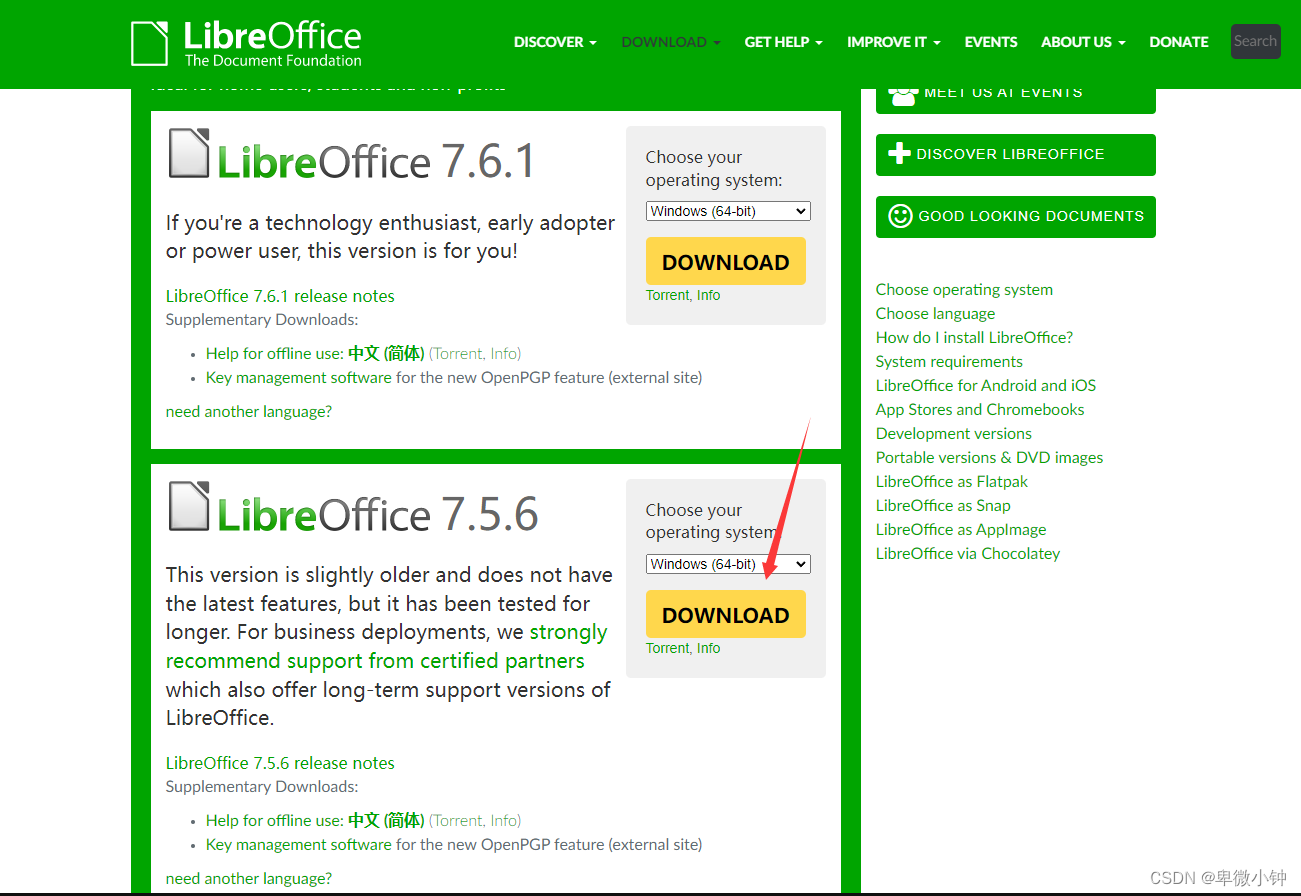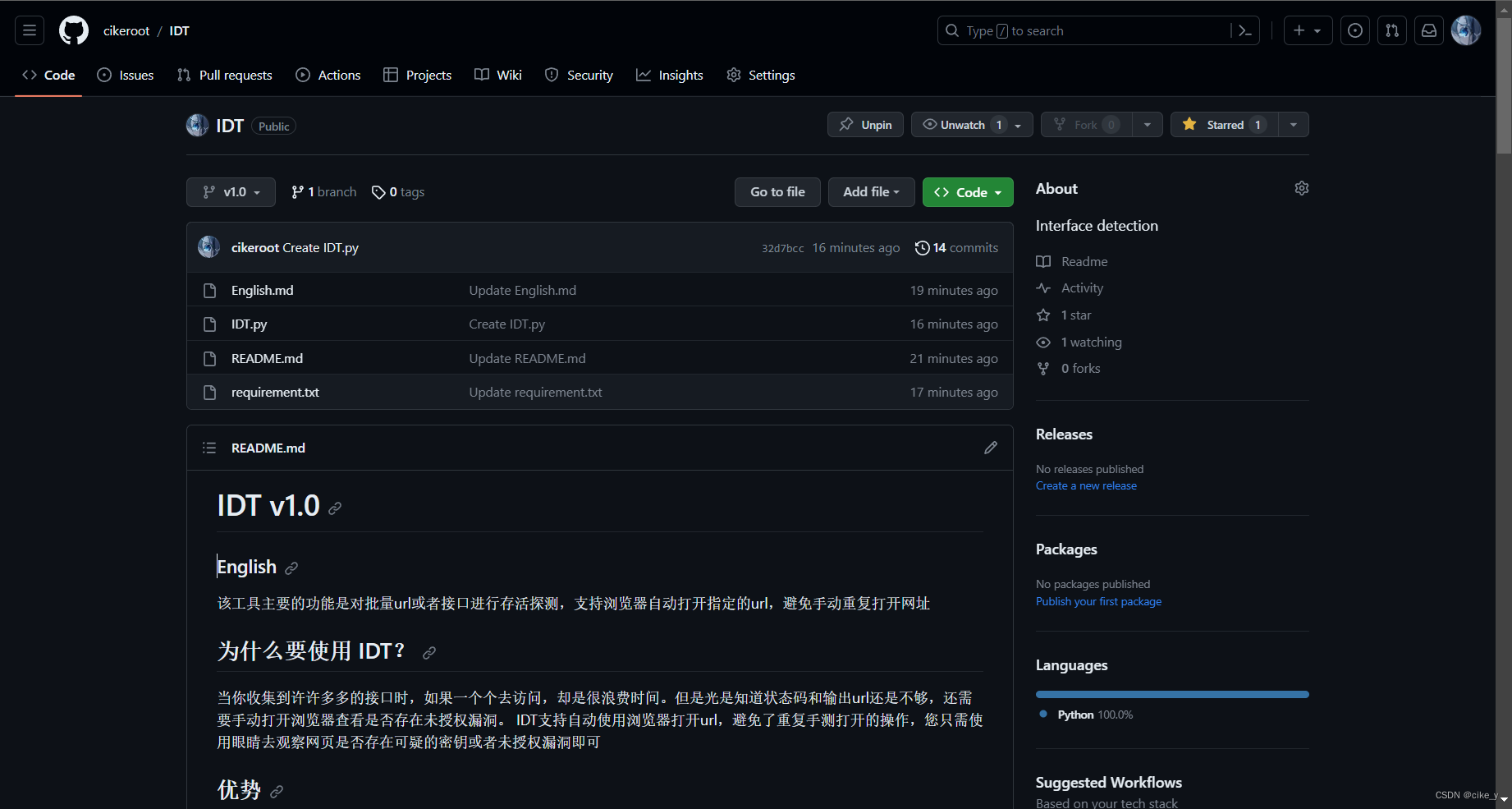211. Design Add and Search Words Data Structure
Design a data structure that supports adding new words and finding if a string matches any previously added string.
Implement the WordDictionary class:
- WordDictionary() Initializes the object.
- void addWord(word) Adds word to the data structure, it can be matched later.
- bool search(word) Returns true if there is any string in the data structure that matches word or false otherwise. word may contain dots ‘.’ where dots can be matched with any letter.
Example:
Input:
[“WordDictionary”,“addWord”,“addWord”,“addWord”,“search”,“search”,“search”,“search”]
[[],[“bad”],[“dad”],[“mad”],[“pad”],[“bad”],[“.ad”],[“b…”]]
Output:
[null,null,null,null,false,true,true,true]
Explanation:
WordDictionary wordDictionary = new WordDictionary();
wordDictionary.addWord(“bad”);
wordDictionary.addWord(“dad”);
wordDictionary.addWord(“mad”);
wordDictionary.search(“pad”); // return False
wordDictionary.search(“bad”); // return True
wordDictionary.search(“.ad”); // return True
wordDictionary.search(“b…”); // return True
Constraints:
- 1 <= word.length <= 25
- word in addWord consists of lowercase English letters.
- word in search consist of ‘.’ or lowercase English letters.
- There will be at most 2 dots in word for search queries.
- At most 1 0 4 10^4 104 calls will be made to addWord and search.
From: LeetCode
Link: 211. Design Add and Search Words Data Structure
Solution:
Ideas:
1. TrieNode Structure:
Each node in the Trie is represented by a TrieNode structure. It has the following components:
- An array of pointers, children, where each pointer corresponds to a letter in the English alphabet (26 lowercase letters).
- A boolean flag, isEndOfWord, to signify whether a word ends at this node.
2. WordDictionary Structure:
The WordDictionary itself is represented by a structure, which holds a pointer to the root node of the Trie.
3. wordDictionaryCreate:
This function initializes the WordDictionary object and allocates memory for the root node of the Trie.
4. wordDictionaryAddWord:
This function is used to insert words into the Trie. For each character in the word, it traverses down the Trie, creating new nodes if needed, until the end of the word is reached, at which point it sets the isEndOfWord flag to true.
5. wordDictionarySearch and searchHelper:文章来源:https://uudwc.com/A/V6Dv6
- The wordDictionarySearch function is used to search for a word in the Trie, with support for the . character, which can match any letter.
- It calls a helper function searchHelper, which performs a recursive search to handle the . character.
- If the searchHelper encounters a . character, it recursively checks all its children.
- If it can traverse the entire word and reach a node where isEndOfWord is true, it returns true; otherwise, it returns false.
6. wordDictionaryFree and freeNode:文章来源地址https://uudwc.com/A/V6Dv6
- These functions deallocate the memory used by the WordDictionary and its nodes.
- freeNode is a recursive function that frees all the child nodes before freeing the parent node.
Code:
#define ALPHABET_SIZE 26
typedef struct TrieNode {
struct TrieNode *children[ALPHABET_SIZE];
bool isEndOfWord;
} TrieNode;
typedef struct {
TrieNode *root;
} WordDictionary;
TrieNode* createNode() {
TrieNode *newNode = (TrieNode *)calloc(1, sizeof(TrieNode));
return newNode;
}
WordDictionary* wordDictionaryCreate() {
WordDictionary *dict = (WordDictionary *)malloc(sizeof(WordDictionary));
dict->root = createNode();
return dict;
}
void wordDictionaryAddWord(WordDictionary* obj, char * word) {
TrieNode *node = obj->root;
for (int i = 0; word[i] != '\0'; i++) {
int index = word[i] - 'a';
if (!node->children[index])
node->children[index] = createNode();
node = node->children[index];
}
node->isEndOfWord = true;
}
bool searchHelper(TrieNode *node, char *word) {
for (int i = 0; word[i] != '\0'; i++) {
if (word[i] == '.') {
for (int j = 0; j < ALPHABET_SIZE; j++) {
if (node->children[j] && searchHelper(node->children[j], word + i + 1))
return true;
}
return false;
} else {
int index = word[i] - 'a';
if (!node->children[index])
return false;
node = node->children[index];
}
}
return node->isEndOfWord;
}
bool wordDictionarySearch(WordDictionary* obj, char * word) {
return searchHelper(obj->root, word);
}
void freeNode(TrieNode *node) {
for(int i = 0; i < ALPHABET_SIZE; i++)
if(node->children[i])
freeNode(node->children[i]);
free(node);
}
void wordDictionaryFree(WordDictionary* obj) {
if(!obj) return;
freeNode(obj->root);
free(obj);
}
/**
* Your WordDictionary struct will be instantiated and called as such:
* WordDictionary* obj = wordDictionaryCreate();
* wordDictionaryAddWord(obj, word);
* bool param_2 = wordDictionarySearch(obj, word);
* wordDictionaryFree(obj);
*/

